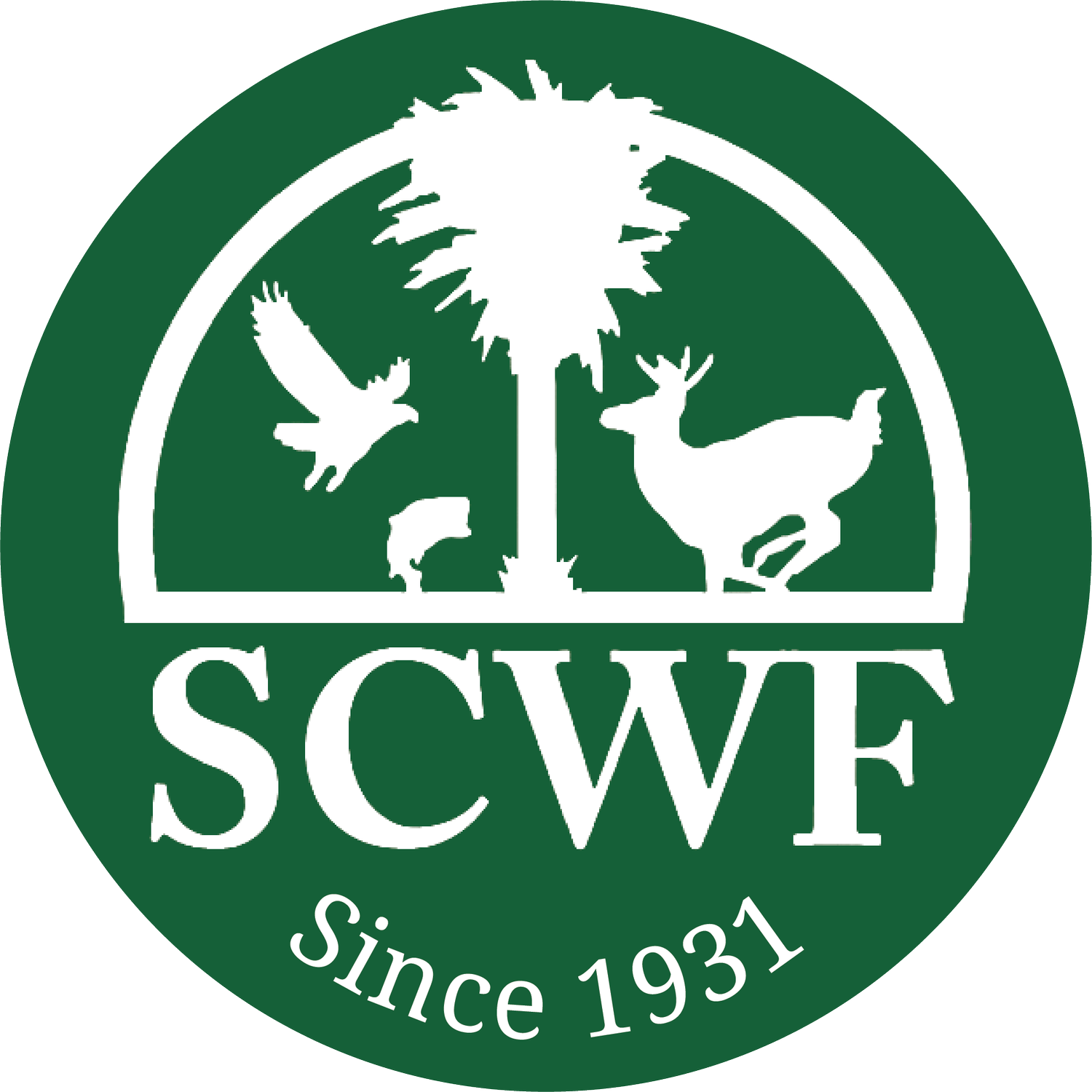During the month of May, we continue to celebrate Garden for Wildlife™ Month by spotlighting our Community Habitat team leaders and asking them why they garden for wildlife. Ellen Morton is the leader of the Bull Point Community Wildlife Habitat in Seabrook, which earned their certification in 2023. Located near Beaufort, this community is a part of a maritime forest ecosystem, surrounded by tidal creeks, salt marshes, and towering live oaks draped with Spanish moss. Read about Ellen’s story and their journey to becoming a Certified Community Wildlife Habitat.
Why Ellen Gardens for Wildlife
“I garden for wildlife because I’ve learned that wildlife habitat is disappearing as humans bulldoze and develop more and more of what used to be natural areas. I’ve realized that while people need places to live and it is difficult for us to build homes without damage to native ecosystems, at least we can minimize it and attempt to repair that which is unavoidable.
Although I’ve been gardening for years, for most of that time I’ve been oblivious to such things as the value of native plants over imported ones, the need to protect mature trees, the dangers of invasive plants, and the many negative impacts of an expansive turf lawn. While I learned about planting zones and soil types as well as light and water requirements, I assumed that all I needed to do was choose pretty plants that fit the conditions in my yard. For most of my life I lived in houses with large turf grass lawns, just like everyone else in the neighborhood, and the competition for the greenest, most perfect lawn was often fierce. Those who did not mow regularly were regarded as sloppy and lazy, if not morally deficient. I know there were those who were making efforts to change the conventional thinking, but that information was not available to me. My idea of being environmentally responsible was recycling the trash and lowering the thermostat.
All this changed a few years after we retired to a community that was dedicated to living in harmony with nature. The first time we drove into the neighborhood, we were immediately attracted to the peaceful atmosphere created by the untamed landscape filled with trees — including large, moss-draped old live oaks — a fascinating variety of birds and other wild animals roaming casually through it, and homes that were barely visible from the road (if at all). We were warned not to remove any more trees or understory than was absolutely necessary for building the house and not to plant turf grass because it was too difficult to grow in the local soil and shady conditions. Thankfully we took this advice and only put in some narrow strips of lawn bordering the flower beds at the front entrance of the house—just enough to neaten up the look a bit — and left the rest of the property wild. At that point we were merely grateful to no longer have almost 2 acres of lawn to mow and take care of, as we’d had at our previous residence.
Then a couple of years ago we noticed that, as our community’s properties were being built out, more and more people seemed to be landscaping their homes exactly as they had in their old neighborhoods and the wildness was beginning to disappear. To combat this, we decided to look into ways we could encourage new residents to embrace the original philosophy of the community rather than change it into just another suburb. We discovered the National Wildlife Federation and its Garden for Wildlife program, which we thought would be perfect for us. Our community was already a wildlife habitat and we realized we could very easily qualify as a Certified Community Wildlife Habitat.
We began our project by trying to educate ourselves and our fellow residents about what we needed to do to protect our flora and fauna and to “keep it wild” rather than allow what attracted us here to vanish. We read books and articles, brought out experts to speak to us and consult with our Board of Directors to point out areas of concern—and were astonished to discover how much we didn’t know. Once we were made aware of the value of planting native plants, preserving and protecting our mature trees and our water resources, providing secure spaces—including sources of food and water — to all our wildlife and especially support for pollinators, and exercising care in the use of chemicals, we realized the importance of spreading the information and knowledge we had gathered. A Sustainability Committee was created from the team that accomplished our certification, and our efforts are ongoing to come up with methods we can use to convince our neighbors to adopt recommended best practices to protect the air, land, and bodies of water surrounding us as well as all the inhabitants with which we share our space. There is great satisfaction in feeling we are helping not only to stop the destruction of our natural world but even to find ways of healing and repairing the damage already done.
”




